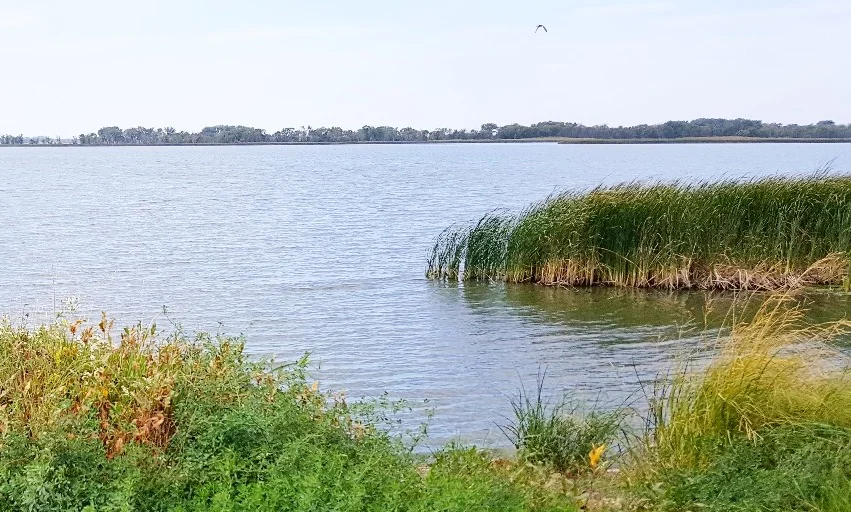About

Helping the residents of Lac qui Parle County meet their conservation goals since 1950.
Who We Are
The conservation movement in the United States gained national importance because of the Great Depression in the 1930s and a wide-spread drought that occurred creating a giant Dust Bowl in the mid-section of the county. The drought was also known as the "Dirty Thirties" because of the huge dust storms that swept the country and blackened the skies with eroded soil. The Soil Erosion Service was created in 1933 to employ men on erosion control projects through the Civilian Conservation Corps. In 1935 the Soil Conservation Act made the Soil Erosion Service a permanent agency under the U.S. Department of Agriculture. In 1937 Congress passed enabling legislation allowing states to create partnering units of government to work with this federal agency.
The Lac qui Parle Soil Conservation District received its charter from the State of Minnesota April 19, 1950. At that time it was made up of 4 Townships in the southeastern part of the County and shared an office and a U.S.D.A. employee (District Conservationist) with the Yellow Medicine Soil Conservation District in Clarkfield. Both Districts grew to include all Townships and Cities within their respective Counties and the office split, the Yellow Medicine District remaining in Clarkfield and the Lac qui Parle District opening in Madison with a U.S.D.A. District Conservationist in each office. Each Conservation Office is a unique partnership of cooperation and teamwork between federal, state and local units of government.
Agency names change, personnel changes and programs change but the underlying purpose of helping landowners manage private land and helping local units of government manage public lands by planning and installing practices to protect natural resources continues. Staff provides education, technical assistance and channels financial assistance to individuals, the County, cities and townships. The Lac qui Parle Soil and Water Conservation and partners have been recognized repeatedly for their role in resource protection.
What We Do
The SWCD, along with our partners from the USDA Natural Resources Conservation Service (NRCS), work to provide voluntary, incentive-based conservation opportunities for landowners of Lac qui Parle County to help keep our working lands productive, while improving our soil and water quality. The co-location of our office with USDA means that our office can help coordinate cost-sharing for landowners from local, state and federal programs.
